Less than a year after Japan's X-Ray Imaging and Spectroscopy Mission launched to space, the space telescope's first results are in — and they are stunning.
The X-ray telescope, also known as XRISM, is operated by the Japan Aerospace Exploration Agency (JAXA) with participation from the European Space Agency (ESA). Its first observations captured the structure, motion and temperature of material swirling around a supermassive black hole as well as the dynamics of supernova wreckage that marks the death of a massive star.
"These new observations provide crucial information in understanding how black holes grow by capturing surrounding matter, and offer a new insight into the life and death of massive stars," ESA XRISM Project Scientist Matteo Guainazzi said in a statement. "They showcase the mission's exceptional capability in exploring the high-energy universe."
The region around the observed supermassive black hole, located in the galaxy NGC 4151 and about 62 million light-years away from Earth, has something in common with the remains of the observed supernova, called supernova N132D and located about 160,000 light-years away.
They are both dominated by superheated gas called "plasma."
Plasma produces high-energy X-ray light, and XRISM is the perfect instrument to observe that kind of light. Thus, astronomers have gained new insights into the most violent, turbulent and powerful regions of the cosmos.
Starting off supermassive
XRISM studied the supermassive black hole at the heart of the spiral galaxy NGC 4151 to learn about how the cosmic titan, which has a mass 30 million times greater than the sun, consumes matter. More specifically, the spacecraft revealed details of the material that is very close to this supermassive black hole.
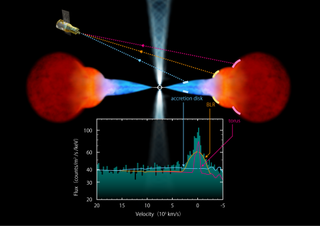
XRISM allowed astronomers to track plasma as it circled the supermassive black hole at a distance of around 0.1 light-years away. This material gradually moved inwards to a distance of around 0.001 light-years (about the distance between the sun and Uranus) before falling into the black hole.
Paying particular attention to the X-ray signature of iron atoms, the team was able to determine several structures around the black hole, including the accretion disk that gradually feeds it and a more distant doughnut-shaped "torus" of gas and dust. Other instruments have observed these structures in radiowaves and in infrared light before, but the technique used by XRISM is the first capable of determining how plasma around a supermassive black hole is shaped and how it moves.
The data could significantly assist scientists in understanding how supermassive black holes feed and grow by greedily consuming matter from their surroundings.
Supernova status
The supernova wreckage N132D is much closer to home than the supermassive black hole of NGC 4151. It's located in the Milky Way's neighbor dwarf galaxy, the Large Magellanic Cloud. However, that doesn't mean the XRISM observations of this region of space are any less impressive or important.
This interstellar "bubble" of plasma was ejected from a massive star around 3,000 years prior to the time in which XRISM sees it (don't forget the light from this region of space has taken 160,000 years to reach us).
Previously, scientists had assumed the wreckage of supernovas would expand outwards evenly in the form of a relatively simple, spherical shell of plasma. The XRISM observations of N132D, taken using its Resolve instrument, seem to contradict this, with these remains shaped more like a donut.
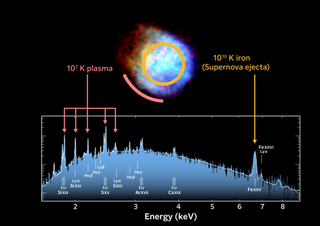
The team was also able to use XRISM data to ascertain that this material is pushing outwards at a speed of around 2.6 million miles per hour. That's about 2,000 times as fast as the top speed of a Lockheed Martin F-16 jet fighter.
And that wasn't the only extreme thing about this supernova remnant. The team was able to determine that it has a temperature of 18 billion degrees Fahrenheit (10 billion degrees Celsius). For comparison, the heart of the sun has a temperature of just 27 million degrees Fahrenheit (15 million degrees Celsius).
Observations like this could help scientists better understand how elements forged at the heart of massive stars are distributed through the cosmos when these stars explode. Because these elements are then integrated into the next generation of stars, this is a vital part of the cycle of stellar life and death.
Since XRISM launched on 7 September 2023, its science team has been hard at work establishing the performance of its instruments and refining data analysis methods using 60 key targets.
Scientists from across the globe have thus far submitted over 3000 proposals for studies using XRISM, of which 104 have been accepted. These successful observing programs will begin next year, with these initial results indicating we haven't seen the best of XRISM yet.
The two research papers from the XRISM team are available on the repository site arXiv.
.png)
 2 hours ago
7
2 hours ago
7
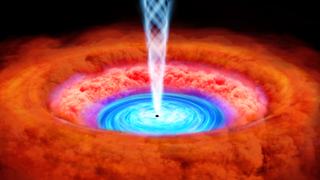


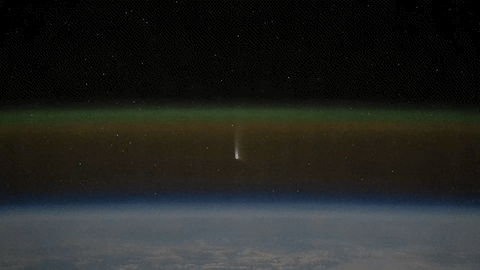
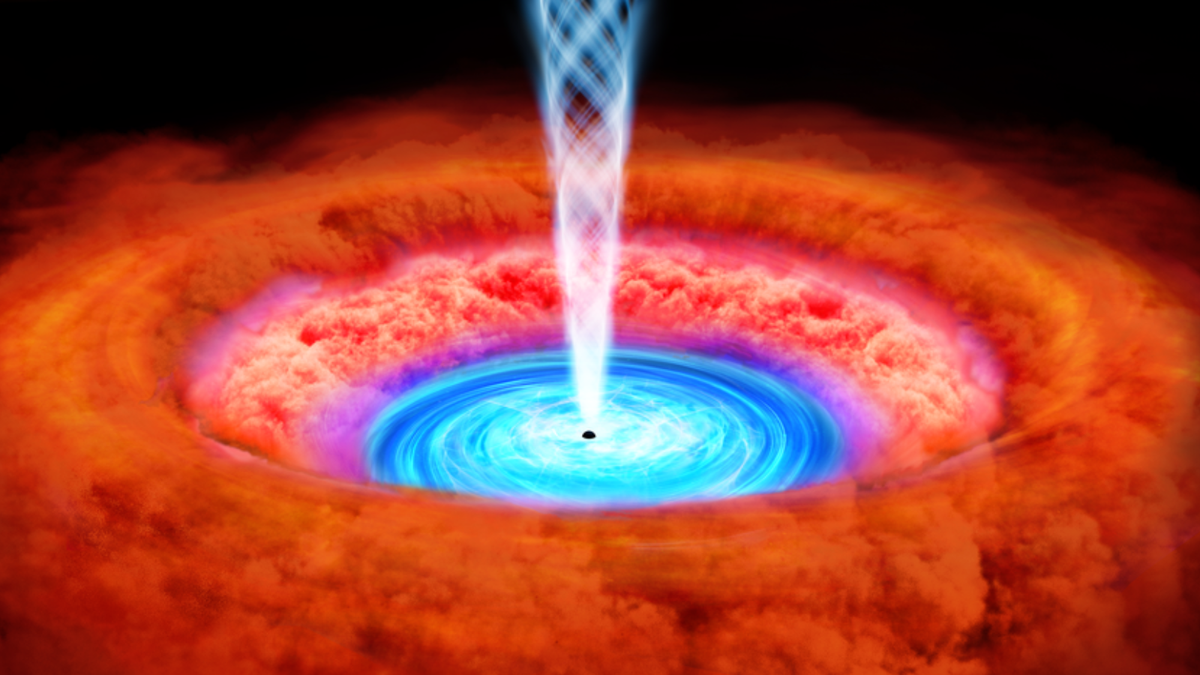




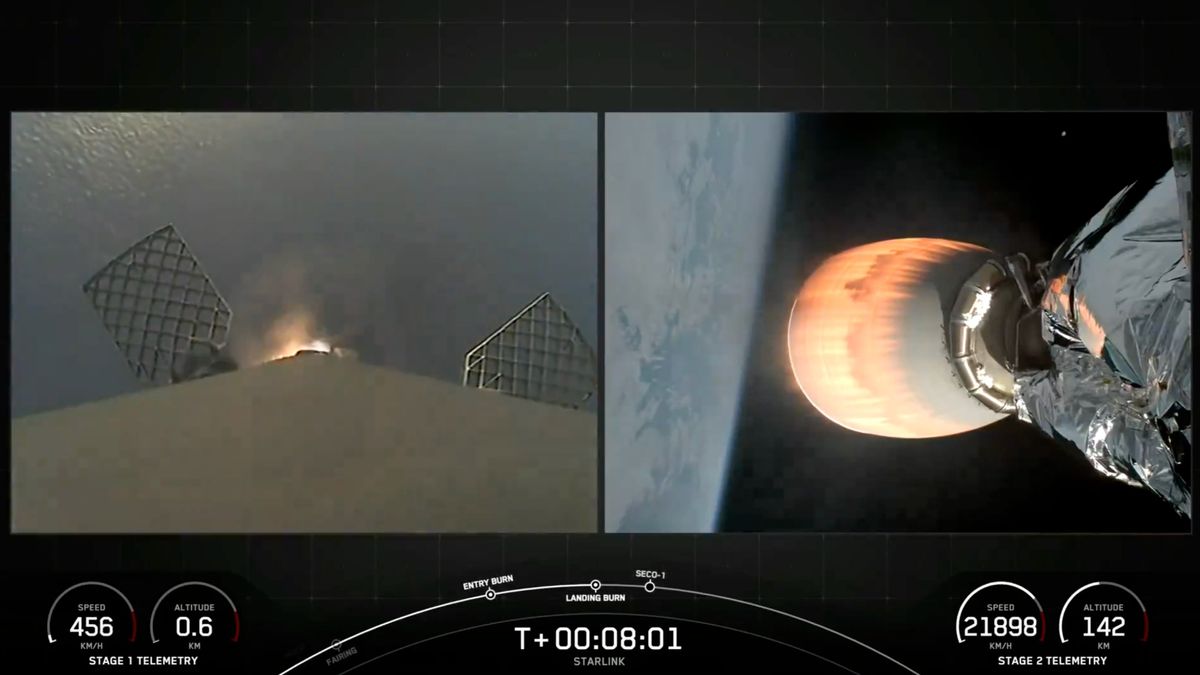






















 Bengali (BD) ·
Bengali (BD) ·  English (US) ·
English (US) ·